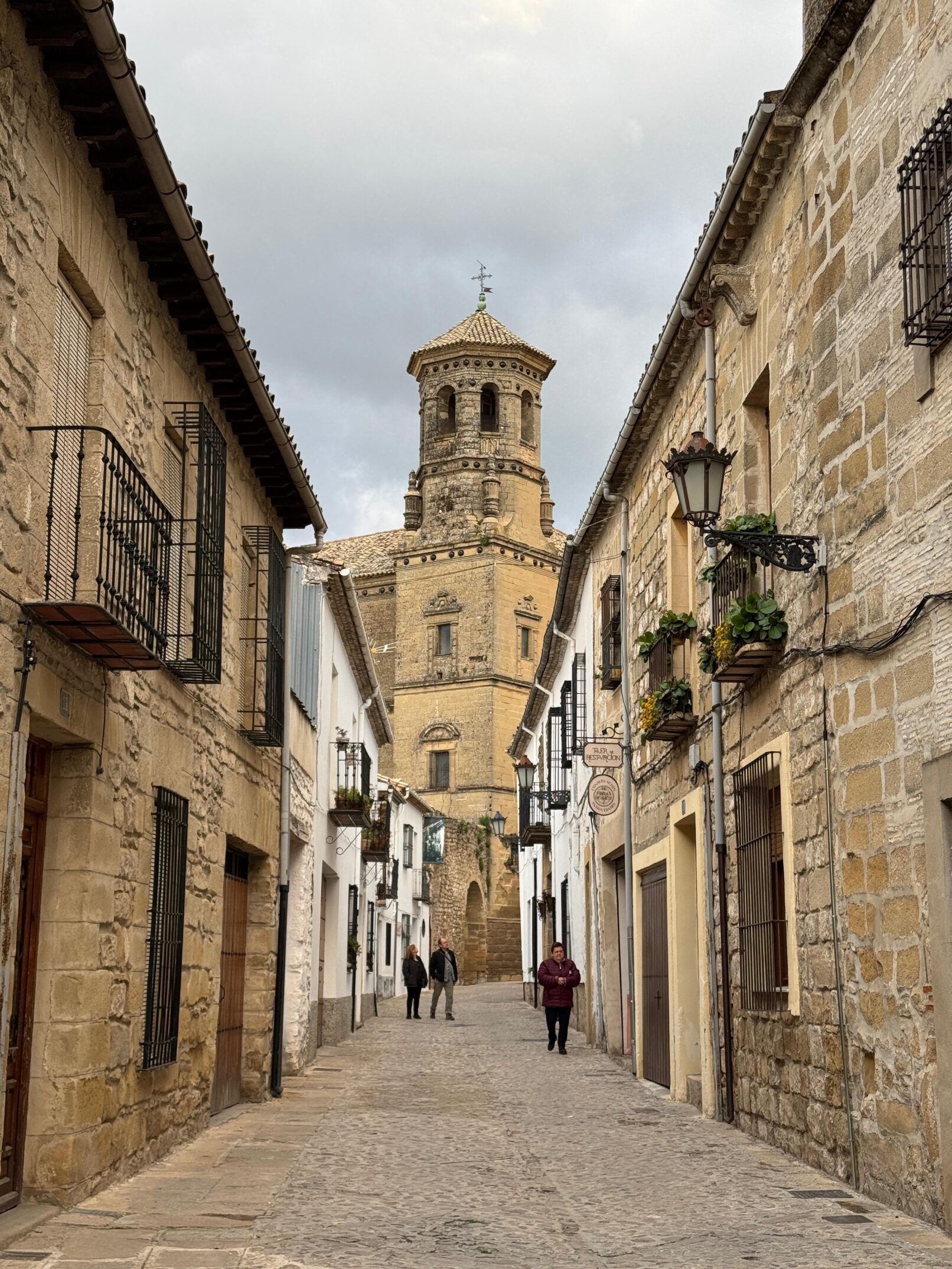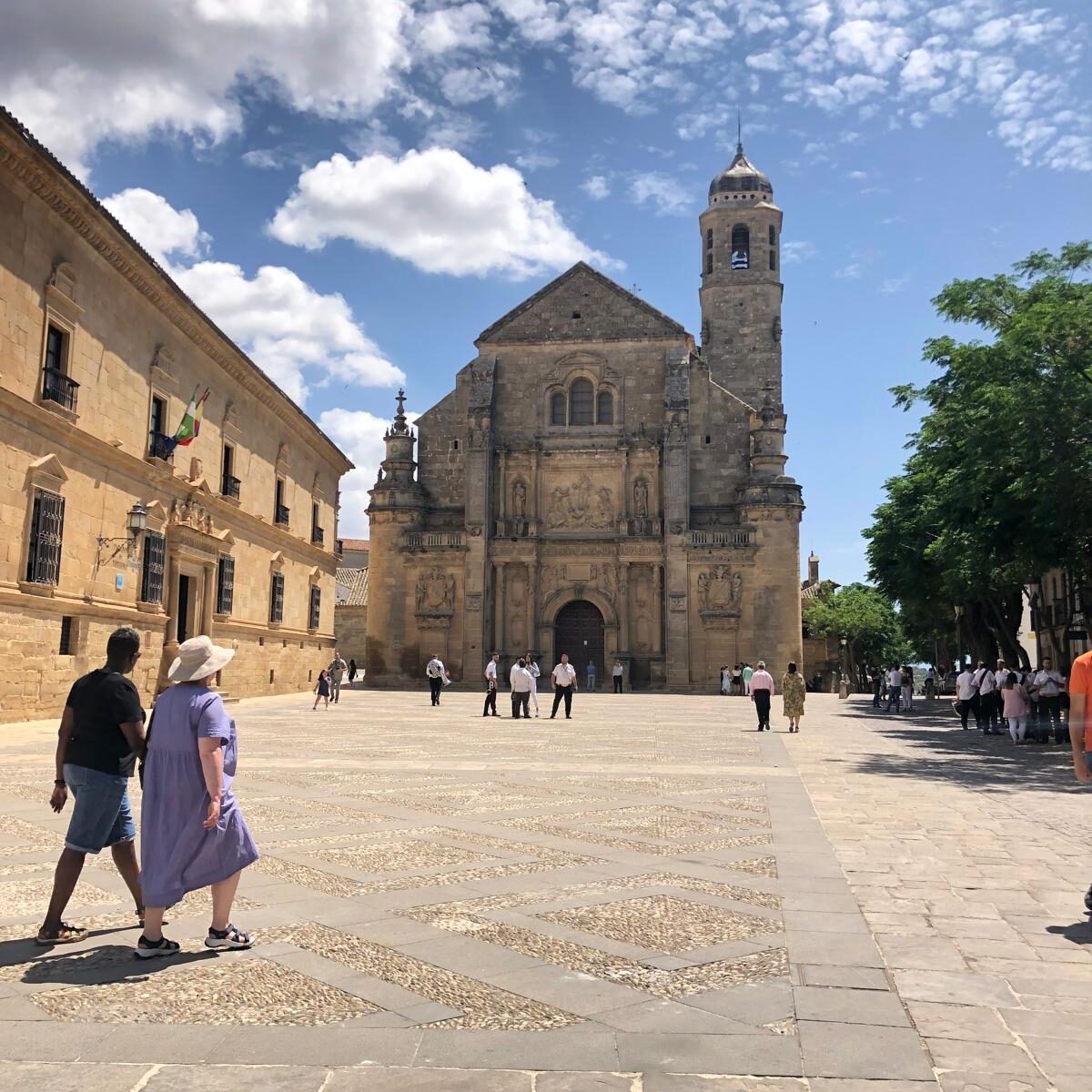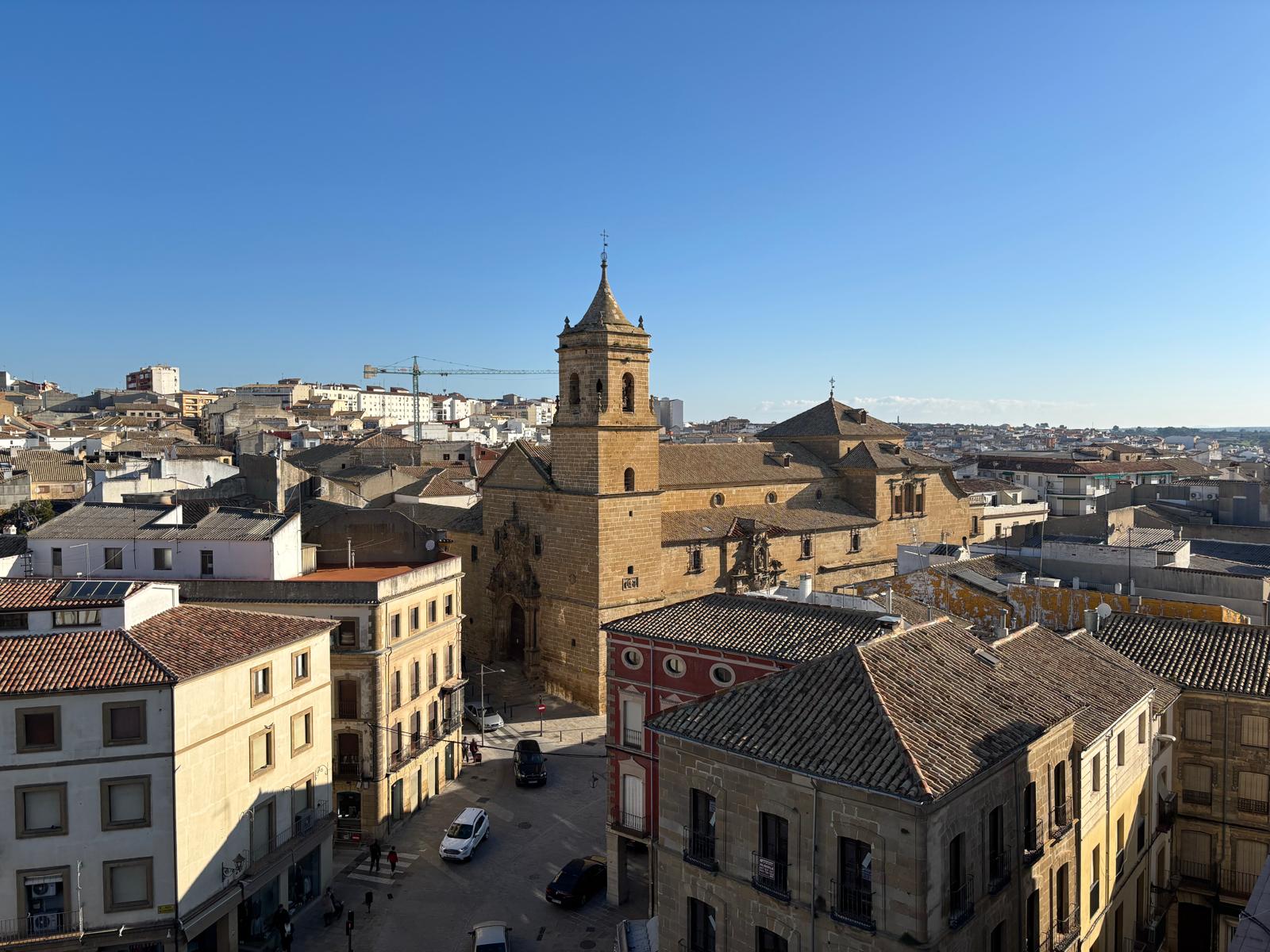Unveiling Andalusian Urban Heritage – Field Trip to Úbeda & Baeza (24–30 March 2025)
Field trip of the Master Transforming City Regions
Chair of Urban Design and Institute for Urban Design and European Urbanism
UNESCO Chair for Cultural Heritage and Urbanism
Prof. Dipl.-Ing. Christa Reicher
Dr. Javier Ostos Prieto
Dates: 24-30th March, 2025
UNESCO’s role and impact on the preservation of the historic city is decisive. Buffer zones are conceived as areas designed to preserve the heritage values of the building. World Heritage Sites maintain a balance between preserving their historic areas and meeting the demands of modern urbanism. In this course we will work on the preservation of the historic city in Andalusia, Spain, through UNESCO cities. These represent paradigmatic examples of urban management carried out due to their World Heritage status.
Heritage is a fundamental part of urban development. On this trip, we will work in two Andalusian cities: Úbeda and Baeza. These cities, recognised as UNESCO World Heritage Sites, maintain a balance between preserving their historic areas and meeting the demands of modern urbanism. Their status as UNESCO cities gives them worldwide recognition, which increases the responsibility to maintain their architectural and urban integrity.
Úbeda and Baeza stand out for their exceptional Renaissance architecture. These cities have adopted urban strategies that prioritise the conservation of their monuments while developing modern infrastructures that improve the quality of life of their residents. Their recognition by UNESCO reinforces the commitment to implement conservation policies that encourage citizen participation and cultural tourism. Local authorities are committed to protecting these sites by implementing regulations that guarantee their conservation and promote sustainable development. Heritage management in these cities seeks not only to conserve but also to revitalise historic areas, promoting tourism and the local economy without compromising their authenticity.
The main objective is to introduce students to the tools of urban planning for the analysis and protection of urban heritage. Through the morphological study of the city, students will be able to develop their own criteria and handle a methodology that will allow them to work professionally in the field of heritage in the future. Both morphological analysis and urban and heritage characteristics will be studied. In addition, proposals for heritage protection will be made in relation to the development of the building in its urban context.






